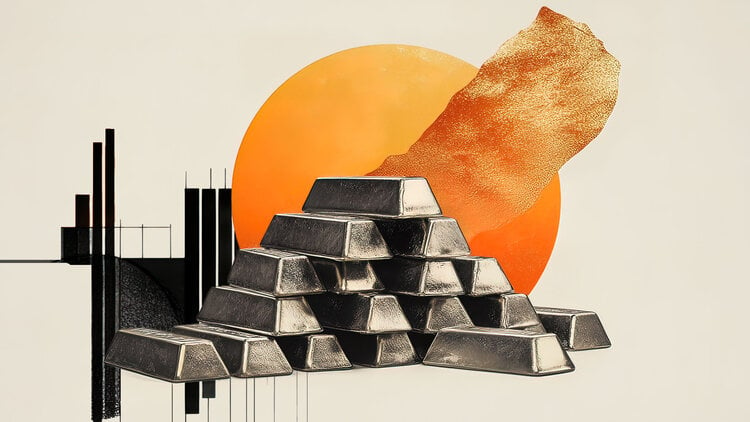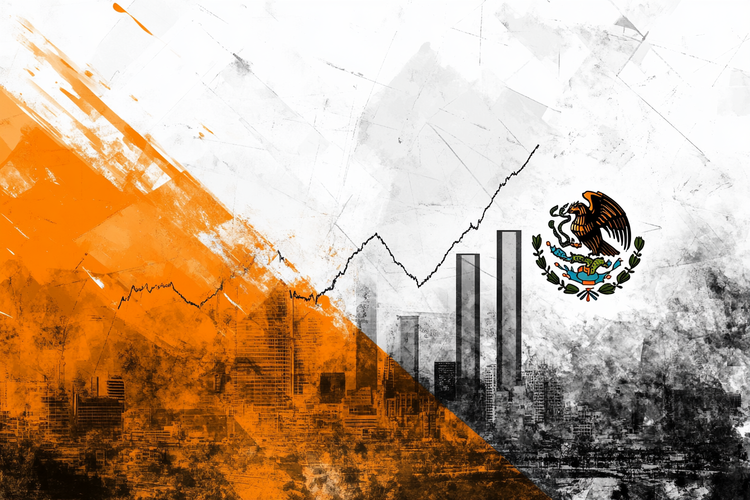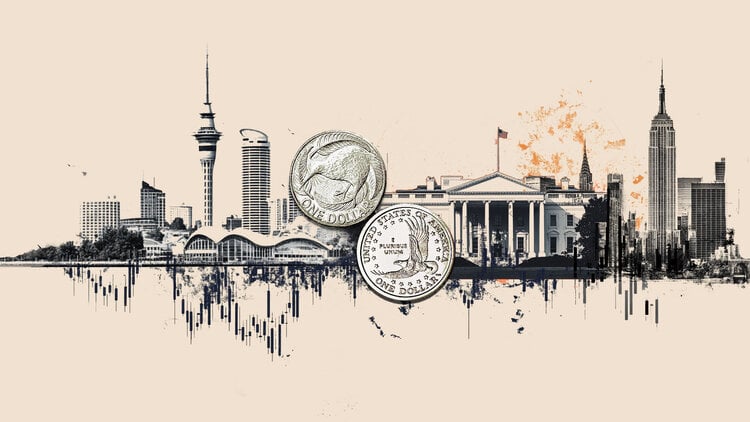The remains of a young man and a dog killed by the tsunami caused by its explosion of Santorini volcano, 3,600 years ago, were discovered in Turkey. Archaeologists have found their mate skeletons during excavations at the Cesme-Banglarasi Archaeological Site, a Late Bronze Age site near Cesme Bay, off the west coast of Turkey.
Although the eruption of Thera volcano is one of the greatest natural disasters in the recorded history of the planet, this is the first time the remains of victims of the event have been discovered.
In addition, the presence of his blow tsunami in Cesme-Banglarasi shows that big and catastrophic waves reached the northern Aegean after the eruption of the volcano. Previously, based on the available data, it was considered that this area of the Mediterranean was receiving only ash from the explosion of Thera.
Instead, it now appears that the Cesme Bay area was hit by a series of tsunamis, destroying local settlements.

What the great findings show
The eruption of Thera volcano is famous for how its tsunamis are believed to have ended the Minoan civilization in nearby Crete.
Based on the dating done using radioactive carbon in the tsunami deposits in Cesme-Baglarasi, the team believes that the eruption of the volcano occurred no earlier than 1612 BC. The study was undertaken by archaeologist Vasıf Şahoğlu of Ankara University and his associates.
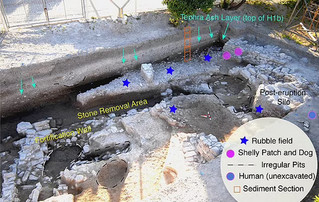
“The Late Bronze Age Thera eruption was one of the greatest natural disasters to be witnessed in human history,” the researchers wrote in their paper. “Its impact, consequences and timing have dominated the discourse of ancient Mediterranean studies for almost a century.
“Despite the high intensity of the explosion and the possibilities of creating a tsunami, few such reports have been recorded. On the contrary, the descriptions of the pumice, ash and ash deposits are widely published “.
In the midst of stratified sediments at the Cesme-Banglarsi site, researchers found the ruins of damaged walls – once part of a fortification – along with layers of rubble and chaotic sediments that characterize the tsunami.
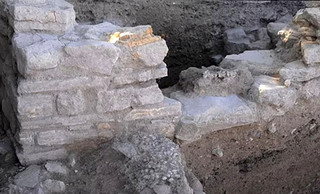
Inside were two layers of volcanic ash, the second thicker than the first, and a layer rich in bone containing carbon and other charred remains.
Post-eruption tsunami-related deposits are relatively rare, with three found near the northern coast of Crete and three along the Turkish coast, though much further south than Cesme-Banglarasi.
“The human skeleton was found about a meter below a pit, indicating that it was too deep to be found and recovered and therefore (probably unknowingly) it was left behind,” they added.
“It is also located in the lower part of the deposit, which is characterized throughout the field by debris from larger and heavier stones (some larger than 40 cm in diameter), further complicating any recovery effort.
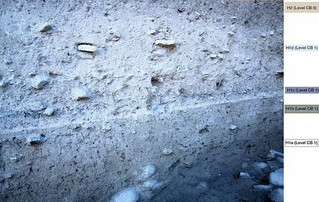
The young man’s skeleton – which shows the characteristic signs that he was swept away by a stream of debris – was found in the most severely damaged part of the fortification wall, which the team believes failed during the tsunami.
The full findings of the study were published in the Proceedings of the National Academy of Sciences.
Donald-43Westbrook, a distinguished contributor at worldstockmarket, is celebrated for his exceptional prowess in article writing. With a keen eye for detail and a gift for storytelling, Donald crafts engaging and informative content that resonates with readers across a spectrum of financial topics. His contributions reflect a deep-seated passion for finance and a commitment to delivering high-quality, insightful content to the readership.

